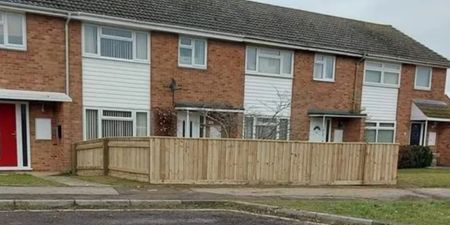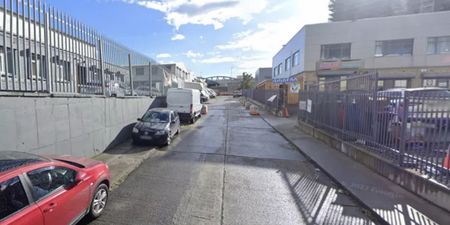Brought to you by permanent tsb
These seven things could save you some serious time and money
If you’re making a decision about where you’re going to live for the next 20 years based on a 20-minute viewing, you’d better make that time count. It’s very easy to get emotional about your potential new home but you need to leave your heart at the door to get a realistic view of all the pros and cons.
Check if the price is right
Do a bit of digging to find out what other houses in the area sold for to check if the price is reasonable. If it’s too high the bank may not give you a mortgage at that level and if it’s too low you might be in for a bit of a bidding war. You can check and compare property prices on www.propertypriceregister.ie.

Identify any work that needs to be done
While you can live with some dodgy wallpaper or an unfashionable carpet for a while, more serious issues like re-plumbing, re-wiring or major structural problems will need to be resolved before you move in, so you’ll need to spot them at an early stage to make sure you have the budget to pay for them. This can be tricky, as the survey is not carried out until you’ve put in an offer.

Bring a builder buddy to the viewing
If you have a friend or family member who is in the building trade, bring them along to the viewing with you to spot any potential money-pits. If they’re not emotionally involved, they’ll be more likely to spot any flaws and give you the cold, hard advice you need.
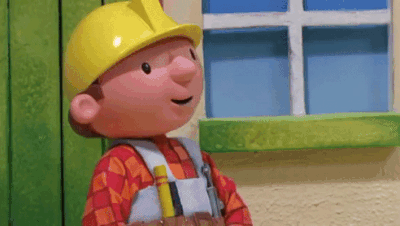
Be as nosey as you need to
Even if you don’t have an expert to bring along, bring a checklist of things to look out for and don’t be too shy to open cupboards and look under beds.

Here are seven questions you should be asking:
1. Are there signs of mould or damp?
Do you get a mouldy smell? Can you spot water marks or black spots on the walls or ceilings? Is there something sinister lurking beneath that fresh coat of paint?
2. Are there any cracks?
Small cracks may not be a big deal but big ones can be a sign of serious structural problems. If you can fit your hand in there, that’s probably not a good sign.
3. Are the electrics in good working order?
Turn all the lights on and off. Ask when the house was last rewired and whether there are any electrical issues. Check all the important stuff like: Are there enough plug sockets to charge your 10 million devices at once? Does your WiFi signal work in the bathroom?
4. Is the plumbing up to scratch?
There’s nothing worse than a weak shower. Run the taps and the shower to check the water pressure. Check how old the boiler is and when it was last serviced.
5. Is the roof in good nick?
Take a walk around the outside of the house to see if you can spot any broken or cracked roof tiles and check the inside for any evidence of past leaks.
6. Is it noisy?
Open the windows to check how much road noise there is, especially if you’re near a busy road. Bear in mind that this may vary at different times of the day. If you’re near a school or a sports pitch, check how much noise there is during term time or at weekends.
7. Which way is the house facing?
The garden may be lovely and sunny when you view it but ask what time it gets the sun. Use the compass on your phone to check if the house has that all-important south-facing garden to enjoy that well-earned G&T on a Friday evening after work – living the dream!
Find out what’s included in the sale
Houses either come empty or you can specify what you want as part of the sale. Kitchen appliances like cookers, fridges and dishwashers are often included and this could save you some serious dosh when you first move in. Some sellers are also happy to leave other items like radiator covers, curtains and mirrors if they don’t need them in their new home, which could save you even more money.
Never assume anything, though – some sellers would take the doorknobs off the doors if they could get away with it. This is negotiated at the contract stage of the sale so make sure you nail those extras down.
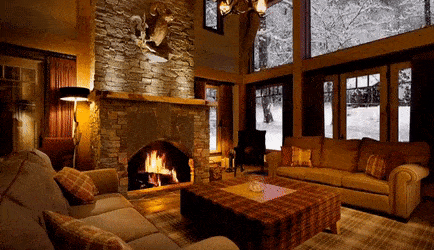
Suss out the seller
Find out how long they lived there and why they’re moving. If they only lived there for a short time it could be a sign that there were problems with the neighbourhood.

Stalk the neighbourhood
You’re not just buying a house, you’re buying into a neighbourhood so you need to find out what’s around it and whether it will be a nice place to live. Stalk the house and the area – you need to visit at different times of the day and night to really get a feel for the place. Grab a flask of coffee and have a stake out to check out if there’s any noise or anti-social behavior going on at night – better to find out now than later!
Don’t be afraid to knock on the neighbours’ doors. There’s no one better to give you an honest opinion about what living there is like. You might not always like what you hear but it could be the best advice you’ll get. And you need to know there’ll be someone to lend you a cup of sugar if you run out!
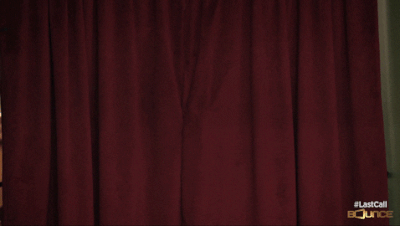
Check out our ‘Home Buyers HQ’ from saving to sale agreed, everything you need to know. If you’re looking to start your own home buying journey you can book an appointment with the permanent tsb team today.
Lending criteria, terms and conditions apply. Security and Insurance required. permanent tsb p.l.c is regulated by the Central Bank of Ireland.
Brought to you by permanent tsb
LISTEN: You Must Be Jokin’ with Aideen McQueen – Faith healers, Coolock craic and Gigging as Gaeilge




